Office chairs and their types
In this article, we introduced the types of office chairs. Each of them is introduced separately. The characteristics of a standard chair are examined. There are also suggestions for using an office chair, suitable for interior design and architectural style of the environment.
Office chair
Office chair is one of the most important equipment in the workplace, which has a great variety. But what is an office chair made for? And what features should it have?
The office chair is typically made for use behind a desk and is designed so that the user is less tired or has physical problems when using it for a long time. Office chairs can be used in offices, hospitals, banks, institutions or even at home. Most people, when they hear the name office chair, think of only one type, a wheelchair with a long back! But you should note that office chairs are highly versatile in terms of application; And are tailored to the job situation and place of use to be more efficient for the user; Such as chair, staff chair, meeting chair and waiting. Prolonged sitting at a desk often causes pain in the lower back, neck, buttocks or even legs, one of the reasons being the non-standard chair.
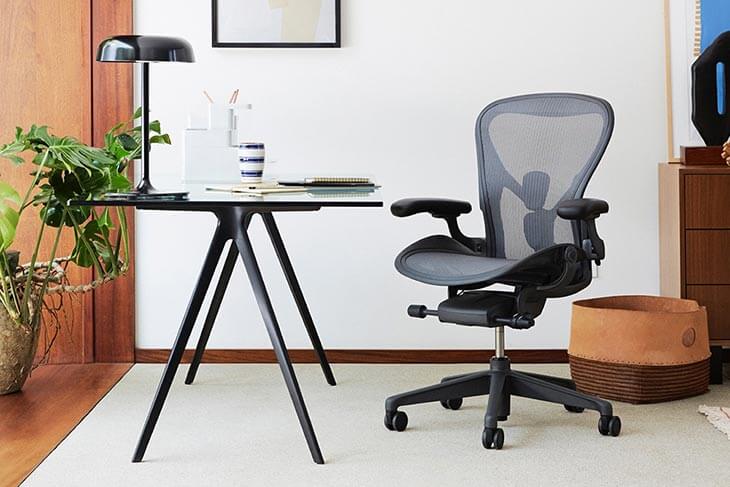
Fixed and wheeled office chair
Office chairs are produced with two types of bases, fixed and wheeled bases, depending on where and for what purpose they are used. Fixed base chairs are usually intended for situations where the user uses them temporarily and for a short period of time without the need to move the chair, such as waiting chairs, some meeting room chairs, amphitheater chairs and some semi-standing chairs. If the chair is used for a longer period of time in the position of a work post, it is better to use wheelchairs that have at least five bars or wheels at the base. It is important to know that chairs with fewer bases are more likely to overturn. Also, paying attention to the quality of production, parts and fittings in the wheelchair is of great importance so that it does not suffer from erosion and imbalance over time.
Features of a standard office chair
In the production of office chairs with ordinary style, several features must be observed to be considered ergonomic. Given that no office chair is necessarily the best, there are some things to consider when choosing a standard chair that fits your job and position. These include:
Seat height. Office chair seat height should be easily adjustable. A pneumatic adjustment lever is the easiest way to do this. A seat height that ranges from about 16 to 21 inches off the floor should work for most people. This allows the user to have his or her feet flat on the floor, with thighs horizontal and arms even with the height of the desk.
Seat width and depth. The seat should have enough width and depth to support any user comfortably. Usually 17-20 inches wide is the standard. The depth (from front to back of the seat) needs to be enough so that the user can sit with his or her back against the backrest of the ergonomic office chair while leaving approximately 2 to 4 inches between the back of the knees and the seat of the chair. The forward or backward tilt of the seat should be adjustable.
Lumbar support. Lower back support in an ergonomic chair is very important. The lumbar spine has an inward curve, and sitting for long periods without support for this curve tends to lead to slouching (which flattens the natural curve) and strains the structures in the lower spine. An ergonomic chair should have a lumbar adjustment (both height and depth) so each user can get the proper fit to support the inward curve of the lower back.
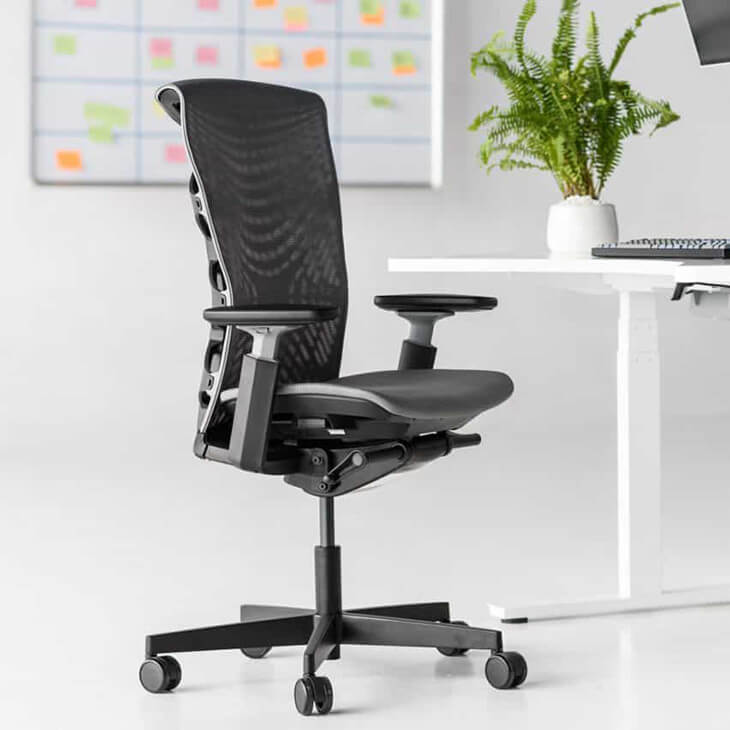
Backrest. The backrest of an ergonomic office chair should be 12 to 19 inches wide. If the backrest is separate from the seat, it should be adjustable in height and angle. It should be able to support the natural curve of the spine, again with special attention paid to proper support of the lumbar region. If the office chair has the seat and backrest together as one piece, the backrest should be adjustable in forward and back angles, with a locking mechanism to secure it from going too far backward once the user has determined the appropriate angle.
Seat material. The material on the office chair seat and back should have enough padding to be comfortable to sit on for extended periods of time. Having a cloth fabric that breathes is preferable to a harder surface.
Armrests. Office chair armrests should be adjustable. They should allow the user's arms to rest comfortably and shoulders to be relaxed. The elbows and lower arms should rest lightly, and the forearm should not be on the armrest while typing.
Swivel. Any conventional style or ergonomic chair should easily rotate so the user can reach different areas of his or her desk without straining.
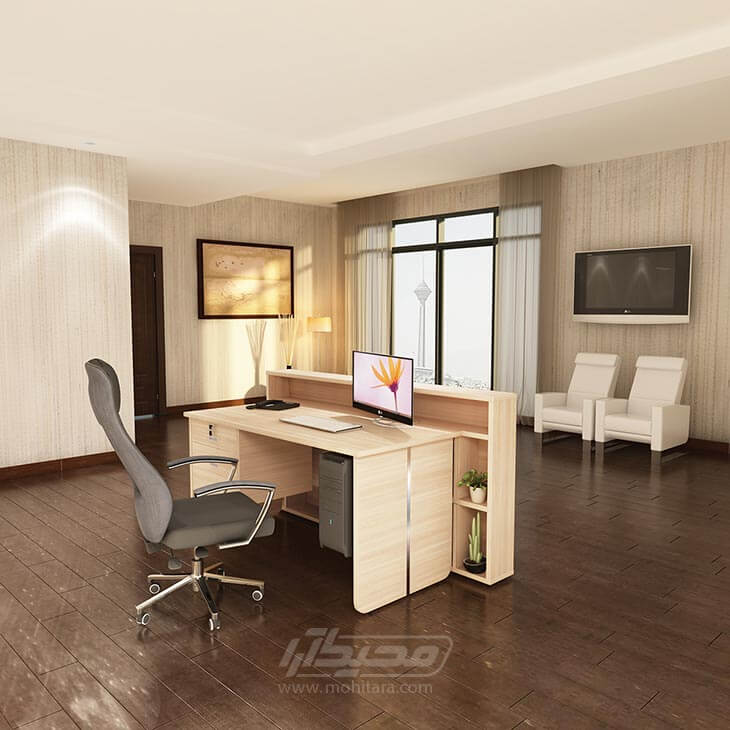
Types of office chairs
Managerial chair
It is one of the most popular office chair models that has unique features. These seats are often high back and tall, have five wheels at the base and are larger than other models; That's why they take up so much space. The management chair is usually selected based on the design of the desk and work environment and in accordance with the architectural style of the office. This type of chair is very comfortable to sit in for long periods of time, but it is usually more expensive.
Staff chair
Ordinary staff chairs with a difference in quality can have all the features of a managerial chair. The difference is that due to the small space in which employees work, it should take up less space and be lighter. Depending on the type of application, a long back or a short back can be chosen. This type has a simpler mechanism and has three types of settings; Adjust the seat height, depth and back angle. This model is also used at home and is often ordered for computer desks.
In addition to the usual staff chairs, two other types of ergonomic chairs for working with computers are introduced below:
Knee ergonomic chair
A knee-high chair is a type of office chair that has no backrest and puts the user in a modified kneeling position. This type of chair guides the body to a good position by pulling the pelvis forward and leveling the back, shoulders and neck. The main support is from the seat of the chair and the additional support comes from the leg. This type of ergonomic chair distributes the weight between the pelvis and the knee, which reduces the compression of the spine and thus reduces stress and tension in the muscles of the back and legs. This ergonomic chair has a sloping front that leads to a more natural position for the spine.
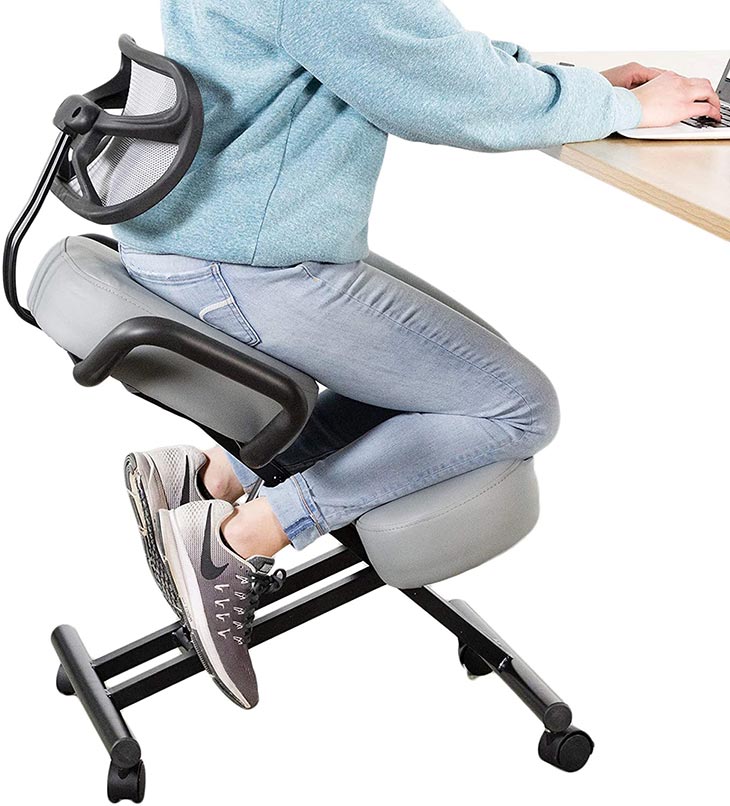
Saddle ergonomic chair
The saddle chair is another ergonomic chair that can be used as a desk chair or computer chair. This type of office chair is in the shape of a horse's saddle and puts the user in a position somewhere between sitting and standing, similar to the position used when riding a horse. This allows the legs to drop naturally, and widen, creating a healthy and stable position. This position is often useful for patients with lower back problems. With long term use it can even strengthen the back muscles. These ergonomic chairs have an adjustable height to be appropriate for different users. The design is intended to eliminate some of the typical problems experienced with a traditional office chair such as circulation system problems and slouching forward.
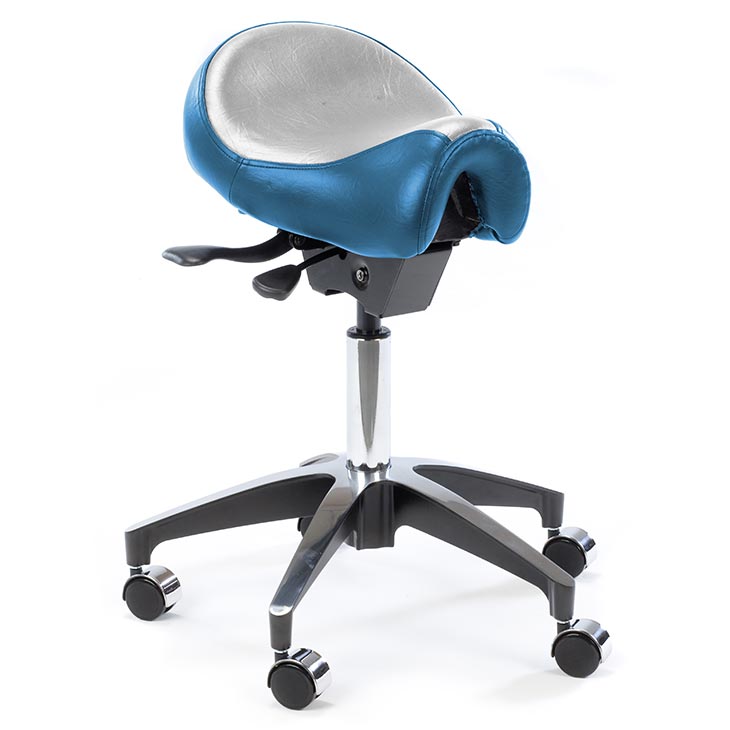
Meeting chair
This type of chair is more designed for meetings and conference tables and has less settings than other models; Because it is used temporarily and for a short time. Because movement does not occur during meetings, it is also possible to use fixed chairs in the conference room.
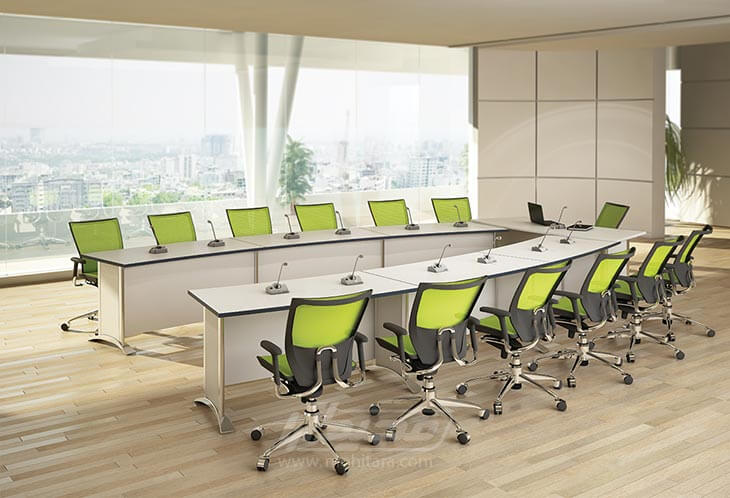
Waiting chair
The waiting chair or sofa is selected according to the amount of space in the waiting halls. Some of these chairs are generally designed without wheels and have a short back; Due to its short-term use, it has fewer settings than other models. Some of them have handles or no handles. Sometimes, depending on the area of the waiting room and the taste and type of clients and the waiting time, a sofa is used instead of a chair.
The effect of interior design and architecture on the choice of office chairs
If you have noticed, by entering some offices or private companies, we encounter a special type of interior design and architecture; That the designer has achieved integration and coherence in the design by coordinating interior accessories and architecture. Various architectural styles have also affected the appearance of the chairs and can be selected to suit any style of chair. Also, choosing the color, design, as well as the materials used in the accessories and following a specific pattern, can help the integration of your office style.
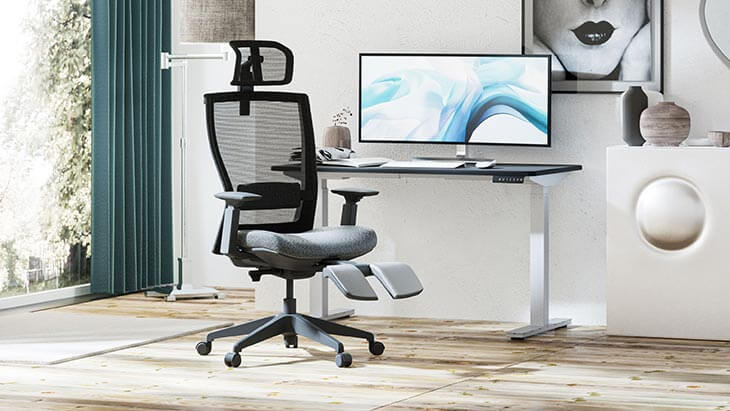
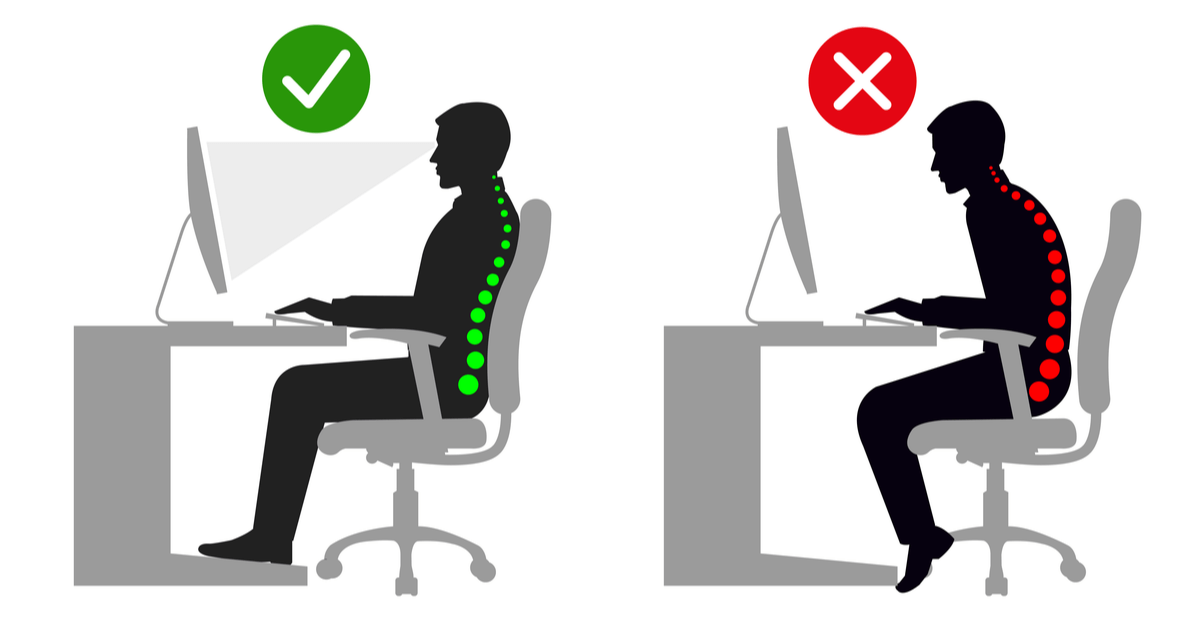
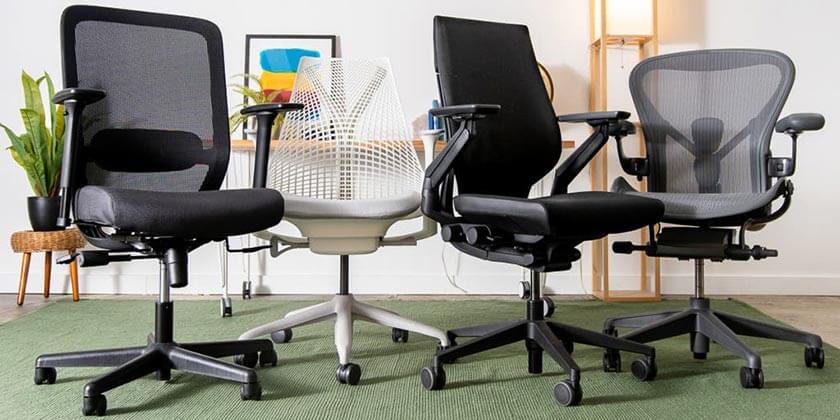
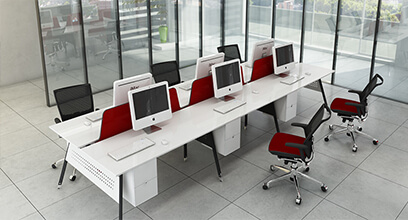
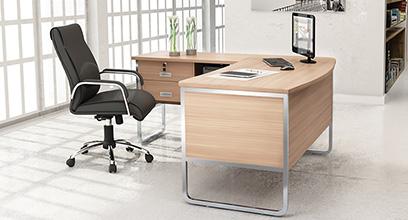
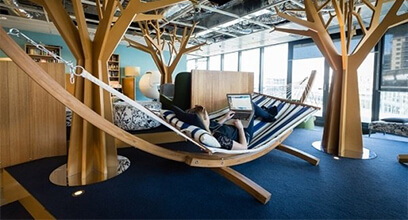
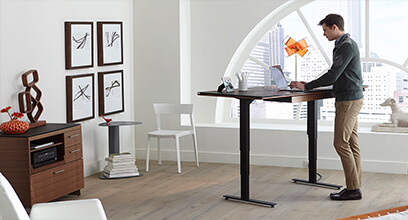
Share